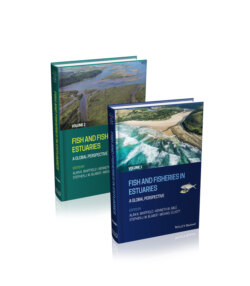Читать книгу Fish and Fisheries in Estuaries - Группа авторов - Страница 75
3.5.1 Excessive fishing: depletion of adults and by‐catch of juveniles
ОглавлениеHeavy exploitation and excessive fishing, including by‐catch, have led to depletion of some estuary‐dependent and ‐associated fish stocks (Blaber et al. 2000). The cases for salmonids are well known (Levings 2016) in which overfishing is a major factor leading to declining recruitment. In a well‐documented case for a moronid, Morone saxatilis was overfished on the east coast of the USA, leading to failed recruitment and declared fishing moratoria (Richards & Rago 1999). Declines in alosine fishes in the northern hemisphere are in part due to overfishing, including unintended by‐catch, combined with habitat degradation (Limburg & Waldman 2009). These same factors are responsible for declines in recruitment of anguillids (Tesch 2003) and acipenserids (Van Winkle et al. 2002) in the Northern Hemisphere, as well as sciaenids (Cowley et al. 2008) and sparids (Bennett et al. 2017) in the Southern Hemisphere. Unintended by‐catch of adult and juvenile fishes is problematic in many fisheries (Davis 2002) and may be a threat to reproduction and recruitment success in estuary‐associated fishes. A notable example is that for by‐catch of juveniles of the sciaenid Micropogonias undulatus in shrimp trawl fisheries in which the large by‐catches may have different impacts on regional recruitment levels in the southeastern USA and Gulf of Mexico (Diamond et al. 1999, 2000).
